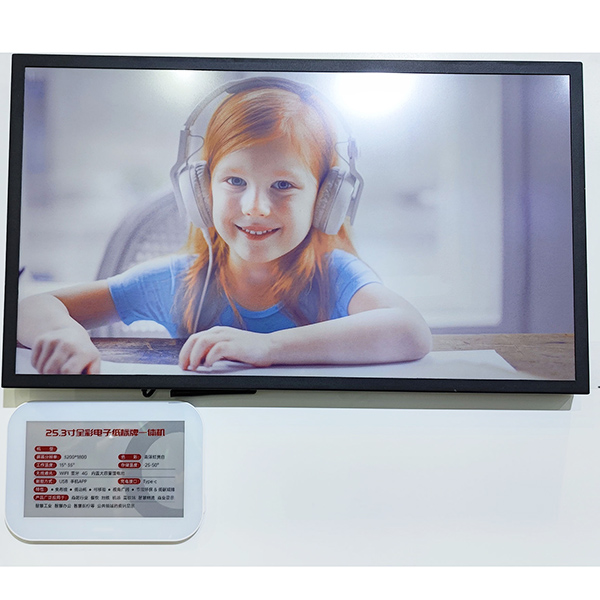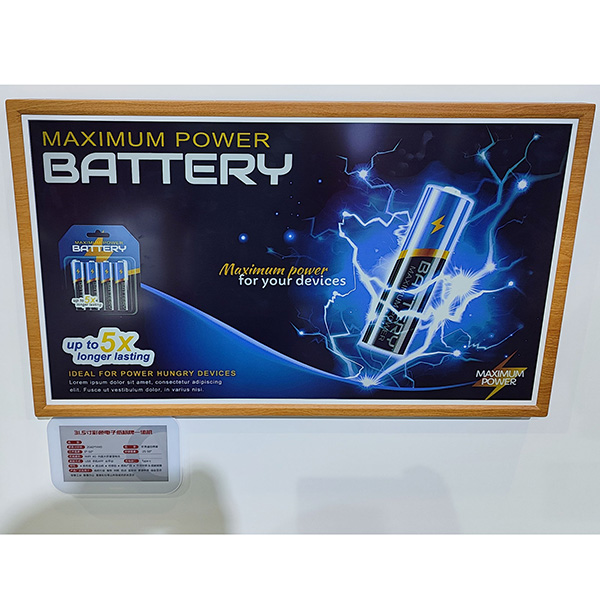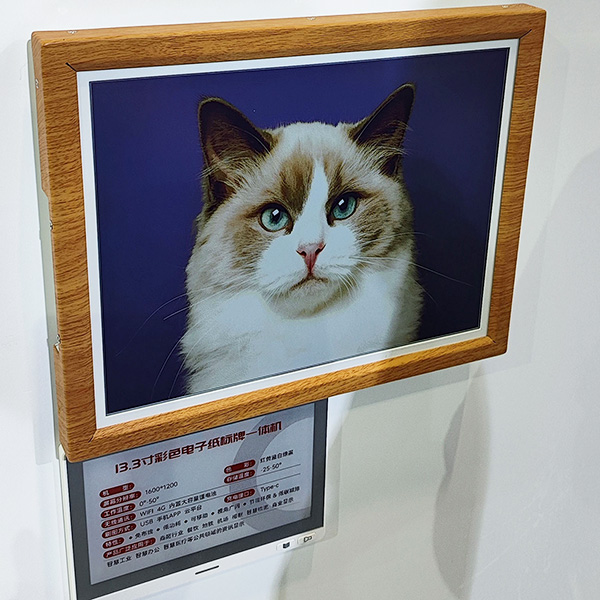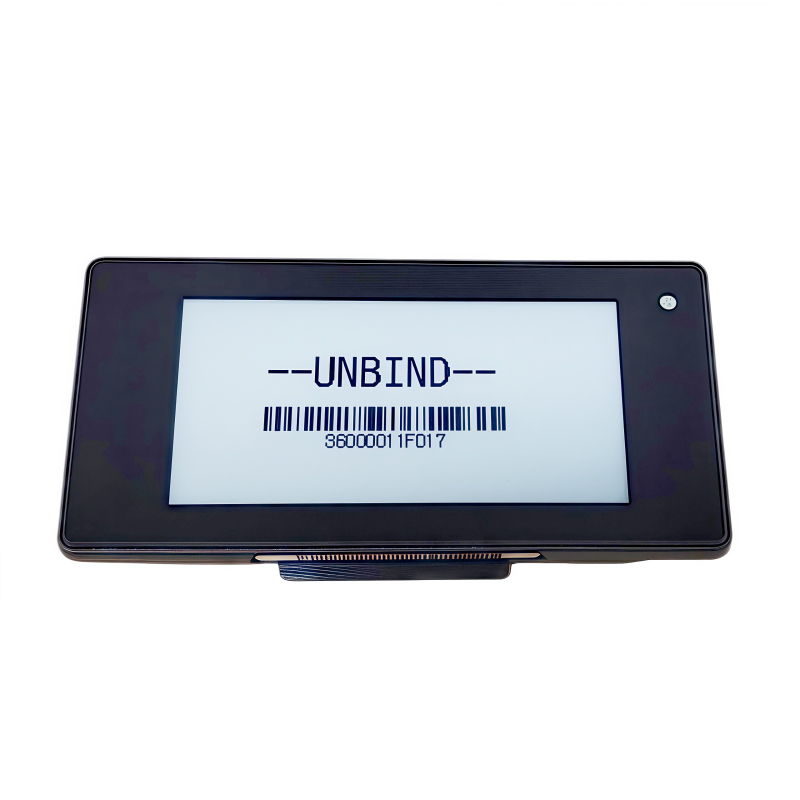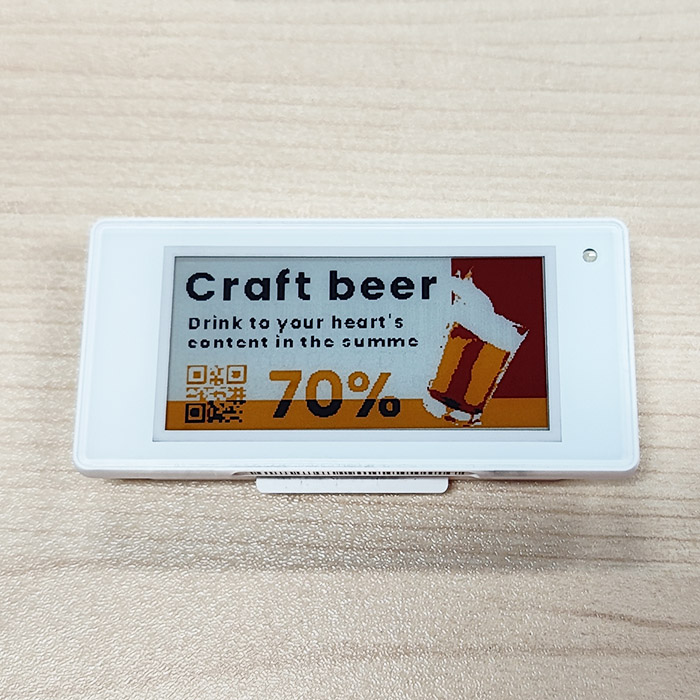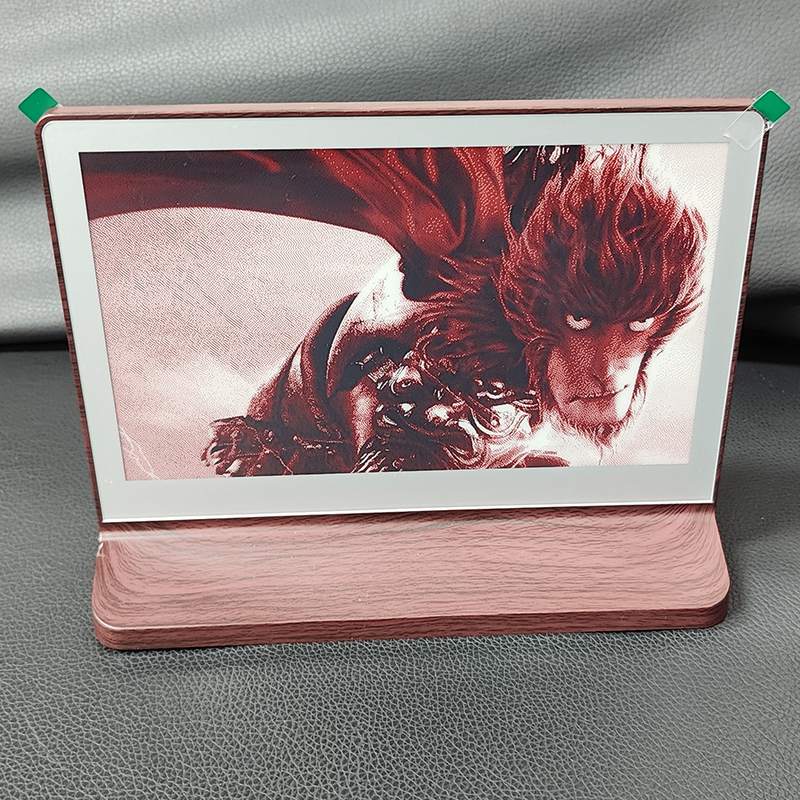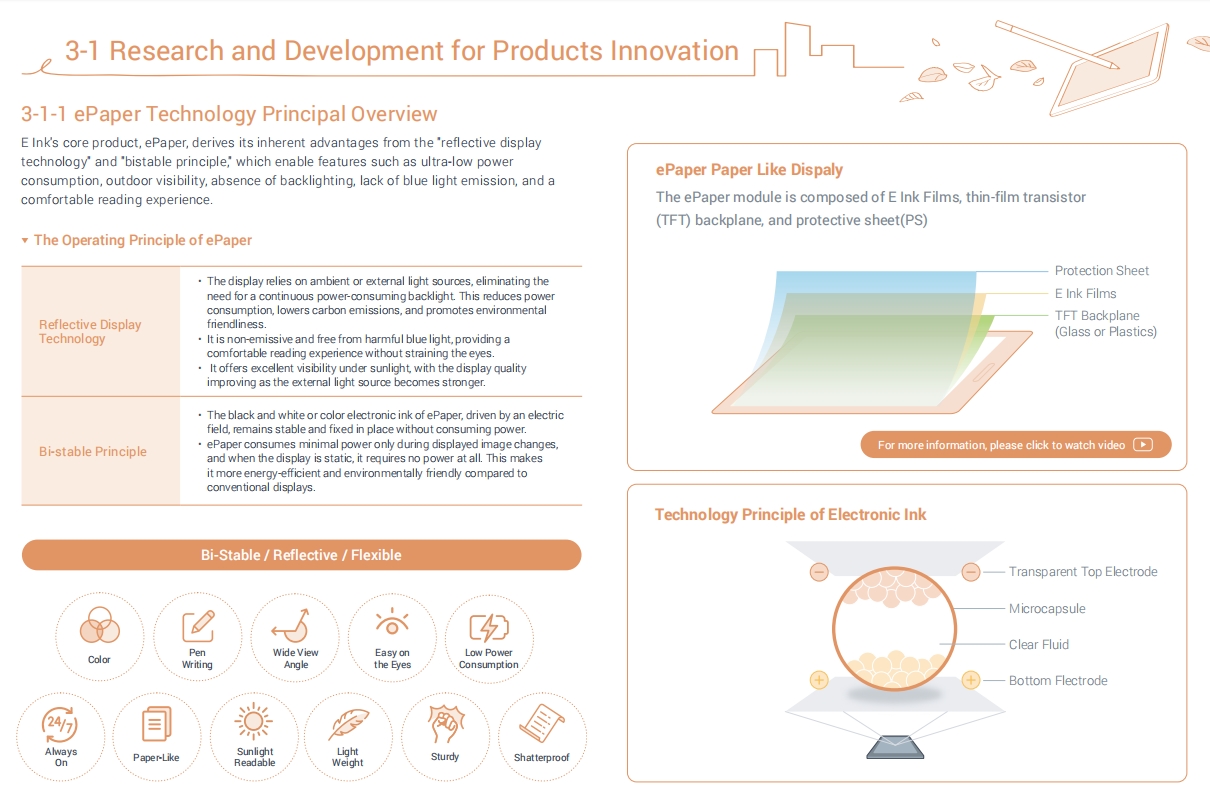I. Patent Expiration and Weakening Technology Barriers
Timeline of Key Patent Expirations
E Ink’s early core patents, such as electrophoretic display technology and microcapsule ink, were mostly filed in the early 2000s. Examples include patent no. 6120588 (electrically controllable microcapsule ink, filed in 2000) and patent no. 6067185 (encapsulation process for electrophoretic displays, filed in 2000). Since patents typically have a 20-year protection period, these foundational patents started expiring around 2020.
As key patents expire, competitors can legally adopt related technologies, lowering entry barriers in the three-color e-paper market. This makes it difficult for E Ink to sustain premium pricing through technological monopoly.
Maturity and Homogenization of Three-Color E-Paper
Three-color e-paper technology has matured, enabling Chinese manufacturers (e.g., BOE, Holitech) to enter the market by leveraging patent circumvention or licensing. According to 2021 data, China accounted for nearly 80% of e-paper invention patents, with many focused on three-color screen optimization.
To avoid being drawn into a price war, E Ink has chosen to exit the saturated three-color e-paper market and instead focus on higher-barrier four-color (ACeP technology) and full-color e-paper (Gallery 3), extending its exclusivity through a fresh patent portfolio.
II. Technology Iteration and Market Upgrade Demand
Breakthroughs in Color Electronic Paper
E Ink Gallery 3 adopts Advanced Color ePaper (ACeP) technology, using cyan, magenta, yellow, and white pigments to achieve a full-color spectrum with significantly improved refresh speed and color performance (350ms for black-and-white transitions, as fast as 500ms for color changes).
Four-color and full-color technologies involve more complex microcapsule structures, driving algorithms, and optical optimizations. The patents related to Gallery 3’s ACeP architecture were filed in the late 2010s, ensuring protection until at least 2030, establishing new technological barriers.
Positioning for High-Value Markets
Education: Color e-books and learning tablets (e.g., iFlytek, iReader products).
Retail & Advertising: Dynamic signage and electronic shelf labels (ESLs), where color enhances customer engagement.
Automotive & Industrial Design: For example, BMW i Vision DEE concept car utilizes E Ink Prism 3 for a color-changing exterior.
Four-color and full-color e-paper target premium application scenarios:
These sectors demand higher color quality and dynamic displays, with lower price sensitivity, allowing E Ink to maintain high profit margins.
III. Supply Chain and Ecosystem Expansion
Driving Industry Upgrades
By partnering with leading brands (e.g., BOOX, iReader) to promote four-color and full-color solutions, E Ink forces upstream and downstream suppliers (such as module manufacturers and terminal brands) to adapt to new technology, reinforcing its ecosystem dominance.
Since Gallery 3 mass production began in 2023, multiple manufacturers have planned product releases, accelerating market adoption and phasing out three-color e-paper.
Patent Portfolio and Acquisition Strategy
E Ink has strengthened its patent portfolio through acquisitions, such as SiPix, to consolidate its leadership in color and flexible e-paper technologies. For example, it collaborated with Plastic Logic to develop Iridis, a flexible full-color e-paper, expanding its application range.
New patents focus on color display innovations, low-power driving mechanisms, and flexible materials, further widening the gap with competitors.
IV. Conclusion: A Patent-Driven Strategic Shift
E Ink’s discontinuation of three-color e-paper is fundamentally a proactive market segmentation strategy following patent expirations. By shifting to four-color and full-color technologies, E Ink rebuilds technological barriers while avoiding price wars in the low-end market. This strategy aligns with the industry's transition from “functional substitution” to “experience enhancement”, ensuring long-term leadership in high-growth areas such as flexible displays and automotive electronics, backed by a new wave of patents.


